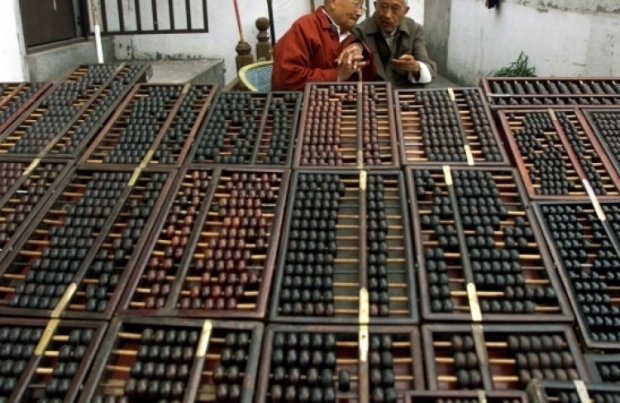The move is to reduce its dependence on chipmakers who will cut and run on the US government’s whim leaving China high and dry.
China already produces 36 per cent of the world's electronics, China is the world's largest chip manufacturer, demonstrating the country's superiority in the global electronics supply chain. Additionally, it is the second-largest consumption market, after the US, for electronic devices that contain semiconductors.
China's semiconductor supply chain falls behind in advanced logic foundry production, EDA tools, semiconductor materials, chip design IP, and semiconductor manufacturing equipment. It is presently more limited to older technologies.
Chinese firms made up 16 per cent of the global fabless semiconductor market in 2020, putting it third after the US and Taiwan. Chinese chip firms predominantly sell discrete semiconductors, lower-end logic chips, and analogue chips.
The irony is that while the US and Europe might have the technological lead over China, it remains dependent on Asia for materials, primarily due to the global difficulties of providing supplies.
The anti-China moves from the US against Huawei and other Chinese companies which began in the Donald Trump era frightened Beijing and at the time we predicted that it would throw a lot of cash at self-sufficiency.
Now, this figure has been named, it can be seen to eclipse any money being suggested by Intel, TSMC or Europe to stop any chip shortage. The result will be that by 2030 China will be a key player in the Chip industry with or without the US’s blessing.
What is may also be alarming to the west is that not only will China be free of having to kowtow to US big technology or its political puppets, it will be probably selling such tech to countries that the US government might not like – such as Russia or Iran.




